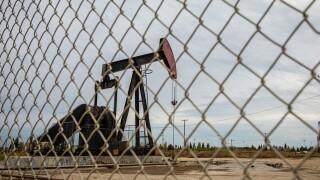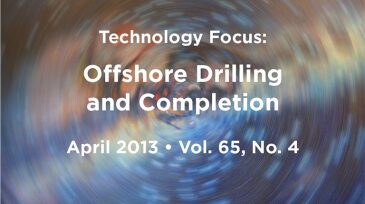Onshore/Offshore Facilities
Estimates commissioned by the Australian government suggest that increasing efficiency will lower costs for decommissioning offshore Australia.
This paper introduces an AI-driven digital fencing system designed to boost security in oil and gas fields. The main objectives are to improve security and safety of oil and gas facilities while addressing the limitations of legacy physical barriers, reducing false alarms, and eliminating the dependability on the grid in favor of renewable energy.
The contract will cover the design and manufacturing of tree systems, flexible flowlines, a manifold, and controls, as well as installation of the subsea production system.
-
In 2013, as deepwater projects become increasingly capital intensive, there are economic challenges for exploration and production (E&P) companies and a potential prize for international oilfield service and equipment vendors. Deepwater represents a long-term opportunity.
-
Separations technology-related content has been expanded and made available to SPE members through the efforts of the Separations Technology Technical Section.
-
The Hadrian-5 prospect in the US Gulf of Mexico was drilled in approximately 7,000 ft of water as one of the first Gulf of Mexico wells drilled after a deepwater moratorium was imposed after the Macondo disaster.
-
Riser margins were abandoned when fluid columns in risers became too long with increasing water depth accessed when floating drilling units with subsea blowout preventers (BOPs) moved to deep water.
-
Kuwait Oil Company started free gas production from its Jurassic sour-gas field in May 2008 with the commissioning of Early Production Facility (EPF) 50.
-
Monetizing offshore gas by compressing and shipping it in floating compressed-natural-gas (FCNG) carriers is simpler and, in most cases, less expensive than liquefying and shipping it in floating liquefied-natural-gas (FLNG) carriers.
-
During natural gas liquefaction, CO2 must be removed to prevent icing and plugging in the system. The CO2-removal system may be the most important part of the gas-treatment system.
-
A methodology is proposed for design of subsea flowlines and risers coupled with a subsea high-integrity pressure protection system (HIPPS) for fields with high shut-in tubing pressure (SITP).
-
On the 201st anniversary of the founding of the first commercial gas operation, the Gas, Light and Coke Company (later British Gas), the future for natural gas has never looked better.
-
This paper discusses the available methodologies for remediation of a pipeline affected by sand and presents examples where the discussed methodologies have been applied.










